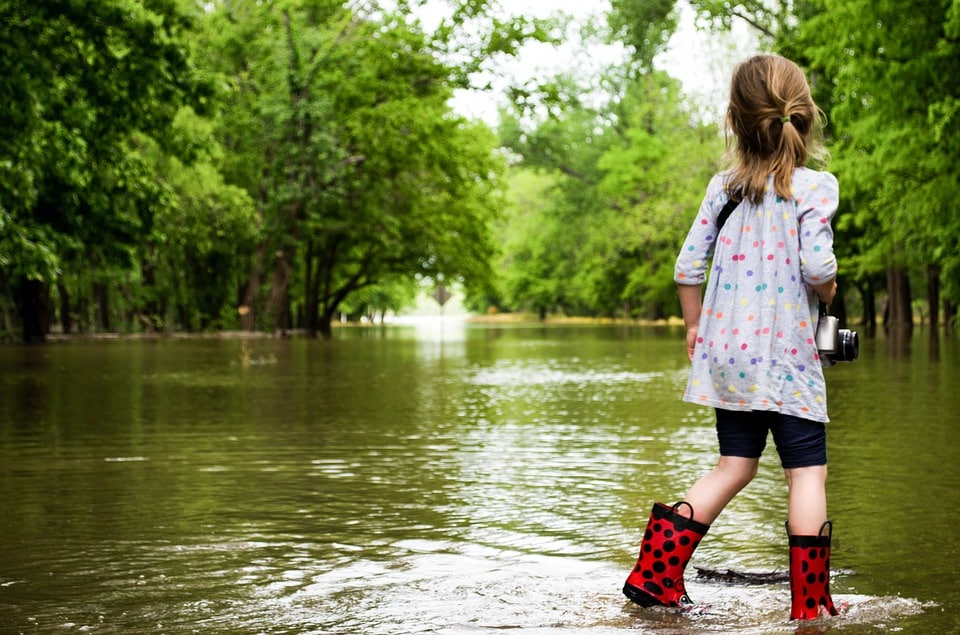Layton is a city in Davis County, Utah, located in the northern part of the Wasatch Front. The city is about 25 miles north of Salt Lake City and 15 miles south of Ogden. Clearfield is located in the northwest, South Weber to the northeast, Hill Air Force Base to the north, Kaysville to the south, and the Great Salt Lake to the southwest. Layton has a total land area of 22.2 square miles, with an elevation of 4,350 feet. Layton has a population of 72,231 according to the 2014 census. The city has a number of picturesque parks and hiking trails.
Layton is prone to landslides and flooding due to its location in the foothills of the Wasatch Mountains. It is situated downstream of Kay’s Creek, which is close to the intersection of Fairfield and Church Streets in Layton. Nearby Holmes Creek sits close to Gentile Street. In the mid-1980s, the two creeks experienced landslides.
In the course of the landslide, a buried pipe was broken and began discharging water from the Weber-Davis Canal. The water coming from the broken pipe eroded the bank of Kay’s Creek near the east end of the landslide creating a nearly vertical scarp. It washed large amounts of materials into Kay’s Creek, causing flooding in nearby residential areas.
The homes that were submerged in flood waters faced the risk of mold infestation. Because molds thrive in a damp environment, they often grow on walls and floors that have absorbed moisture due to lingering floodwater. Mold in flooded houses may go unnoticed for a while, but in time, it may start to emit a foul odor. Mold spores could trigger asthma and allergy attacks. People who did not previously have allergies may begin to experience irritation of the throat, nose, skin, and lungs when exposed to mold.
Flooding is an unwelcome phenomenon for any community, but when it does strike, residents should be prepared to deal with mold. The Disaster Company has expert technicians who specialize in mold inspection and removal in Layton and surrounding cities.

